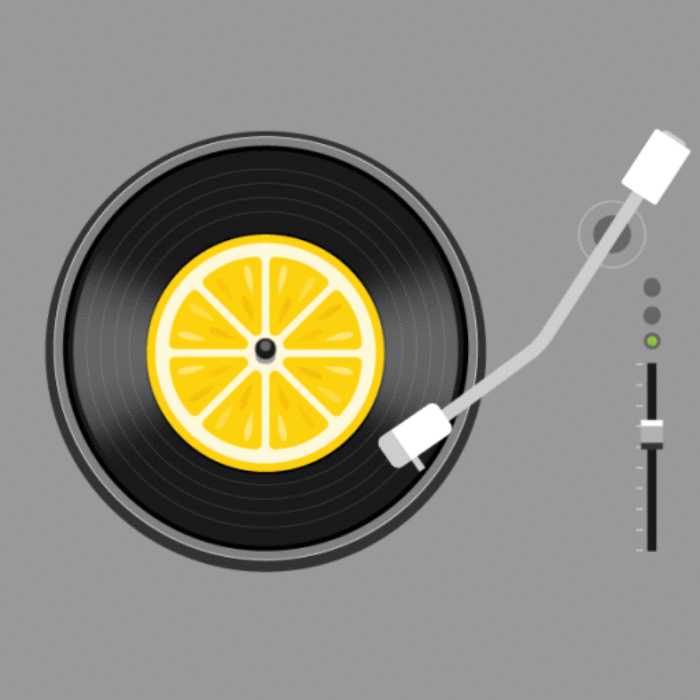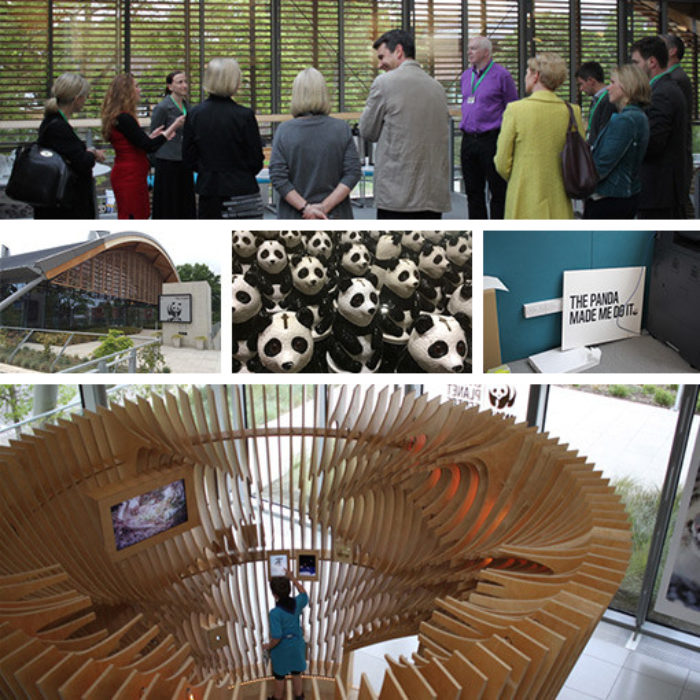Being a human organisation (part 1): Understand people
We are in the middle of the biggest shake-up in working life in over a century. The impact of the global COVID-19 pandemic has driven massive changes in the way we work. Many of these changes – like remote working, and flexible working – are long overdue. But the challenge is greater than reinventing how and where we work. It is also about what work is for and how organisations can become more fully human.
The reality is that work isn’t really working anymore. Many current business models are hangovers from the 20th century (or even further back), when humans were considered a resource to be controlled to ensure productivity. It’s time to move on.
Becoming more human
The current upheaval in the world of work is providing us with the perfect opportunity to move decisively towards what we call the ‘human organisation’. Human organisations have a clear purpose. They free up employees to use their imaginations and skills, to connect with each other and with customers, to open up to new ideas, and to collaborate to bring their shared purpose to life.
Over the next few months, through this series of blogs, I’ll be exploring the key characteristics that make organisations more human, and how we can all do more to embrace and embody them. First up: Human organisations understand people.
Let’s begin with a question: Do you agree with the following statement?
The success of my organisation is down to our people.
If you answered ‘of course’, ‘absolutely’, or even ‘yes, in part’, you should also be able to answer these simple questions:
- What motivates people to act?
- How do people make decisions?
- How do our senses and emotions support action?
Human decision-making
Let’s look at motivation: Everything we do is underpinned by our motivation to act. How we grow, buy and eat food. How we build and live in homes. How we make, buy and drive cars. And yet, as organisations, we don’t do the obvious: we don’t translate our strategies into what we want employees, suppliers and customers to do. We don’t know our way around motivation and what persuades different people to take different actions. We can absolutely know this stuff; the insight is available. We just need to make the decision.
So, what about decision-making? When it comes to our choices, the brain’s operating system has four quadrants:
- The conscious me: the very few things that we can hold in our working memory at once.
- The unconscious me: the mental shortcuts that enable us to make the required tens of thousands of daily decisions.
- The unconscious us: the innate drivers to fit in, that stem from us being a social animal.
- The conscious us: when we choose to work together on shared activity, like being a good neighbour or vaccinating the world.
Our experience of our world (and our work) is constantly shaped by all four of these quadrants. Organisations need to understand this operating system if they want to tune into it.
Uncommon sense
There is a societal and organisational tendency to try to separate reason from emotion, how we think from how we feel. Senses and emotion have increasingly been designed-out from the ways we work. Why?
How we think and feel is shaped by our sensory input. Let’s look at some typical workplace stimuli:
- Hearing: Too much noise reduces concentration. Conversely, while music demands our attention, it also releases dopamine and oxytocin (happy hormones), builds a sense of identity and improves health.
- Sight: Artificial light, and a lack of visual contact with the outside world negatively affects us. We also know the power of the eye from our investment in the visual design of brands, products and services.
- Touch: We find drafts, temperature variations, unergonomic desks and chairs, and the locations of doors, to be uncomfortable and distracting.
The senses, and how they stimulate emotions, makes us human, just as much as our capacity for reason. They trigger innovation, they lead to action. Or, as neurologist Donald Calne puts it:
“The essential difference between emotion and reason is that
emotion leads to action while reason leads to conclusions.”
So let’s start to design-in to the world of work these essential things: our body, our senses and our emotions.
As discussed above, this is the first of a series of planned articles on the characteristics of the human organisation. While you wait for part 2, why not explore the full set in detail, by downloading our report ‘The Human Organisation’?
And if you want a chat about how to make your organisation more human, drop me a line at john.drummond@corporateculture.co.uk



